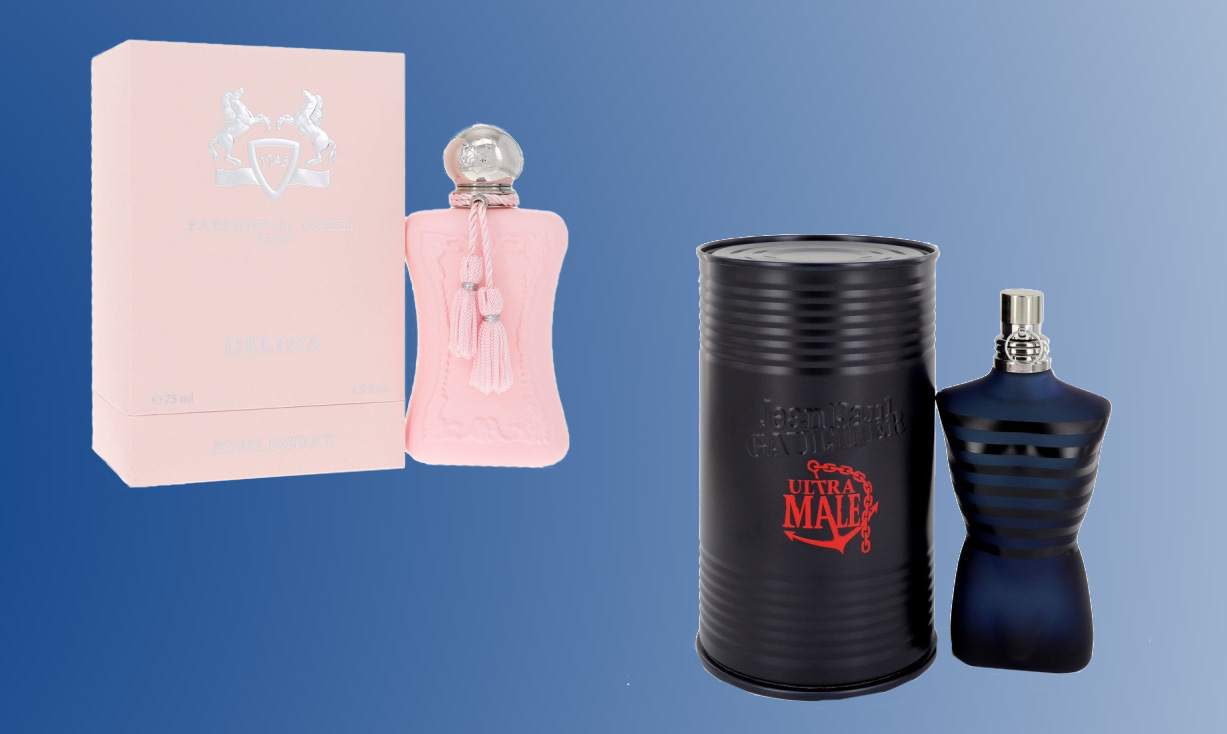 The human sense of smell is our strongest link to our memories. Our olfactory response is visceral and automatic, with familiar scents taking us back to different times and places in our lives. Knowing about this link, many people wear scents and fragrances in order to shape their day to day, setting the scene for strong memories in the future.
The human sense of smell is our strongest link to our memories. Our olfactory response is visceral and automatic, with familiar scents taking us back to different times and places in our lives. Knowing about this link, many people wear scents and fragrances in order to shape their day to day, setting the scene for strong memories in the future.
You can wear or gift colognes, perfumes, and other fragrances to create lasting impressions. Here, we’ll discuss how to select a scent for yourself or for someone else.
Fragrance_Buying_Guide_Quick_Reference_Handout
Table of Contents
-
- Should I have a signature scent?
- What are the four fragrance families?
- Top notes, middle notes, and base notes
- What’s the difference between different concentrations of fragrance?
- What’s the difference between men’s, women’s, and unisex fragrances?
- Designer, celebrity, and niche perfumes
- How to choose a fragrance
- How do I choose a fragrance as a gift?
Should I have a signature scent?
The notion of a “signature scent” is a classic—but for some, it’s outdated.
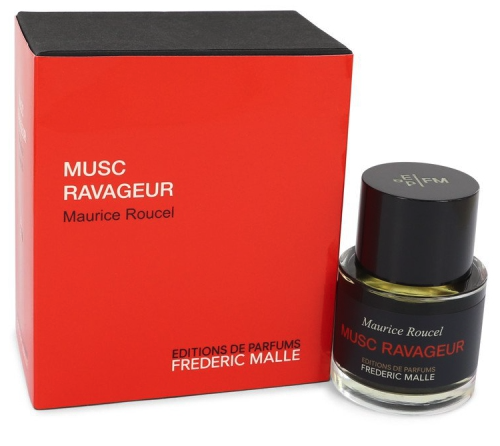 There are great reasons to have a signature scent. When you have one fragrance that you wear all the time, people in your life will start to associate it with you. It shows where you’ve been, comforting those around you and leaving an enticing reminder on items like clothes and bedding. Finding your signature scent can be a way to create an olfactory signature, and if you have just one fragrance that you really love, it’s a way for you to enjoy it every day.
There are great reasons to have a signature scent. When you have one fragrance that you wear all the time, people in your life will start to associate it with you. It shows where you’ve been, comforting those around you and leaving an enticing reminder on items like clothes and bedding. Finding your signature scent can be a way to create an olfactory signature, and if you have just one fragrance that you really love, it’s a way for you to enjoy it every day.
Most people, however, end up with a “fragrance wardrobe” instead. Having a selection of different scents you love lets you shift your olfactory profile to suit different moods and situations. The fragrance that you wear on date night, for instance, might be deeper and more sultry than what you wear out to brunch with your friends.
A fragrance wardrobe allows you to switch scents to suit different situations; it also gives you the flexibility to change your fragrance as the seasons change. Factors like perspiration and temperature can greatly influence how a perfume or cologne wears, and switching to something lighter for hot or humid days helps prevent your fragrance from becoming overwhelming.
If you love the idea of a signature scent but can’t commit to just one, then a small fragrance wardrobe is perfect for you. You can stick to your signature scent the majority of the time, then switch it up for seasonal changes and special occasions. An added benefit of having a fragrance wardrobe is that it’ll help prevent “nose blindness,” which is when your brain learns to ignore scents that it smells every day—things like your laundry detergent or favourite fragrance.
What are the four fragrance families?
With tens of thousands of different possible ingredients, there’s an infinite number of fragrances that perfumers can create. For simplicity’s sake, most perfume creators and lovers categorize fragrances into four different categories. Let’s get into each one for this fragrance buying guide.
Warm and sweet
Warm and sweet fragrances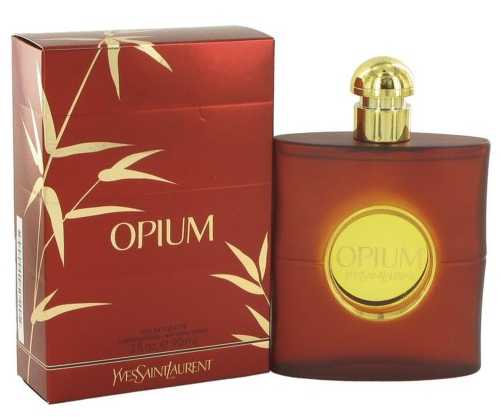 feel comforting and rich to the nose. This fragrance category often includes prominent notes of amber, vanilla, sandalwood, and cinnamon, with fragrances that leave a lingering sweetness on the skin. These fragrances may also be described as being nutty, sugary, or boozy.
feel comforting and rich to the nose. This fragrance category often includes prominent notes of amber, vanilla, sandalwood, and cinnamon, with fragrances that leave a lingering sweetness on the skin. These fragrances may also be described as being nutty, sugary, or boozy.
In the past, these scents were often referred to as “oriental” fragrances, which is an exoticized term that’s no longer used. Instead, you’ll find these fragrances described as “warm,” “sweet,” or “amber” by top perfumers, as these are more accurate terms to use.
Popular warm fragrances for him & her include Yves Saint Laurent Black Opium, Viktor & Rolf Spicebomb, and Tom Ford Black Orchid.
Floral and fruity
Fruity and floral fragrances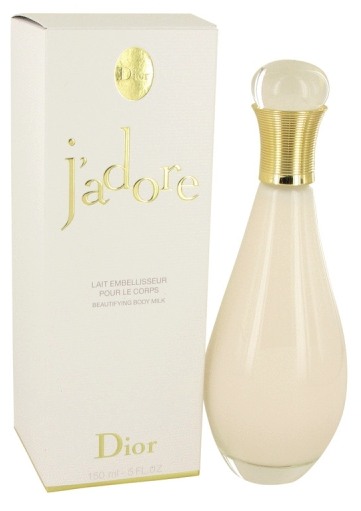 tend to be lighter scents. These fragrances often feature notes that are powdery (“aldehydic,”) fruity, or floral. There can be a big difference between scents that are fruity and scents that are floral, so try to picture what you’re looking for before you start shopping: Do you want to smell like a crisp, juicy apple? Do you want to smell like a springy field of flowers? Or are you, perhaps, looking for a statement fragrance of big, white florals? Fruity fragrances tend to be more popular with younger buyers, while florals offer a more mature scent profile.
tend to be lighter scents. These fragrances often feature notes that are powdery (“aldehydic,”) fruity, or floral. There can be a big difference between scents that are fruity and scents that are floral, so try to picture what you’re looking for before you start shopping: Do you want to smell like a crisp, juicy apple? Do you want to smell like a springy field of flowers? Or are you, perhaps, looking for a statement fragrance of big, white florals? Fruity fragrances tend to be more popular with younger buyers, while florals offer a more mature scent profile.
Fruity and floral fragrances tend to be more common in perfume marketed towards women. You may see them described as “fragrances for her” or “perfumes for her,” but they but can be worn beautifully by any gender.
Best selling floral and fruity fragrances for him & her include Dior J’Adore, Marc Jacobs Daisy, Burberry Her, and Chloé Chloé.
Fresh and clean
Fresh and clean fragrances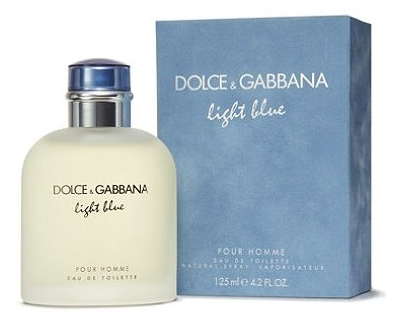 are especially popular for the warmer months, when fragrance molecules are more volatile and create a larger “sillage” (the scent trail that surrounds and follows the wearer). You’ll find many fresh, clean scents marketed toward younger consumers just starting to wear fragrance. These scents are often sold as splashes, eau de colognes, or eau de toilettes, as their small, light-smelling scent molecules dissipate quickly and are meant to be re-applied frequently.
are especially popular for the warmer months, when fragrance molecules are more volatile and create a larger “sillage” (the scent trail that surrounds and follows the wearer). You’ll find many fresh, clean scents marketed toward younger consumers just starting to wear fragrance. These scents are often sold as splashes, eau de colognes, or eau de toilettes, as their small, light-smelling scent molecules dissipate quickly and are meant to be re-applied frequently.
Fresh and clean scents are bright and easy to wear, with notes like citrus and grass. They might be described as fresh, aquatic, or green.
Well known fresh and clean fragrances for him & her include Guerlain Aqua Allegoria Mandarine Basilic, Dolce & Gabbana Light Blue, Versace Bright Crystal, and Calvin Klein CK One.
Woody and earthy
Woody and earthy fragrances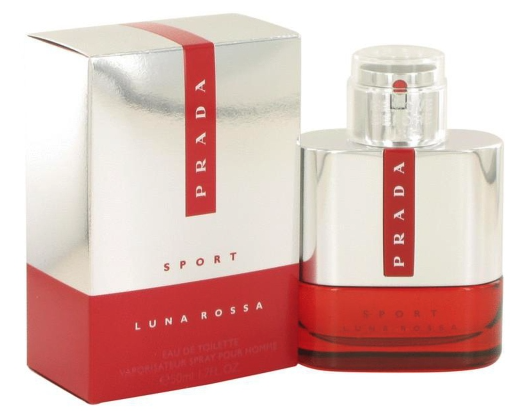 are the deepest fragrance category. They are often the longest-wearing and produce the most sillage. Woody and earthy fragrances include creamy and aromatic notes like oud, amber resin, patchouli, cedar, pine, and vetiver.
are the deepest fragrance category. They are often the longest-wearing and produce the most sillage. Woody and earthy fragrances include creamy and aromatic notes like oud, amber resin, patchouli, cedar, pine, and vetiver.
There is a fair amount of overlap between woody and warm fragrances. Occasionally, they are distinguished by each perfume category’s top and middle notes. While warm, sweet fragrances smell sugary and often feature sweet notes like vanilla, woody fragrances highlight the depth of their wood notes with accords such as cloves, musk, and bergamot.
Woody fragrances are often marketed more as colognes for men, but can be worn by anyone.
Iconic woody fragrances for him & her include Givenchy Gentleman, Hermès Terre d’Hermès, Yves Saint Laurent Y, and Prada Luna Rossa.
Top notes, middle notes, and base notes
Fragrances are typically described by their “notes.” These are the individual scents that you can identify within a perfume or cologne.
The top notes of a fragrance are what you’ll smell first. They’re evident when you first apply your fragrance, and are often lighter notes like herbs and citrus.
The middle notes of a fragrance will come next. They’ll develop best after at least 20 minutes, as the fragrance’s top notes begin to fade away. These are sometimes described as the fragrance’s “heart notes,” as they comprise the majority of the product’s aroma. Middle notes are more complex than top notes.
The base notes of a fragrance are what will cling to your skin the most. These notes are made up of larger molecules (which are sometimes even a little oily or sticky!) Base notes often include scents like sandalwood and cedar wood. They’ll stick to the skin for the longest, providing a rich, complex base on which the rest of the fragrance can shine.
What’s the difference between an EdT, EdP, parfum, splash, and cologne?
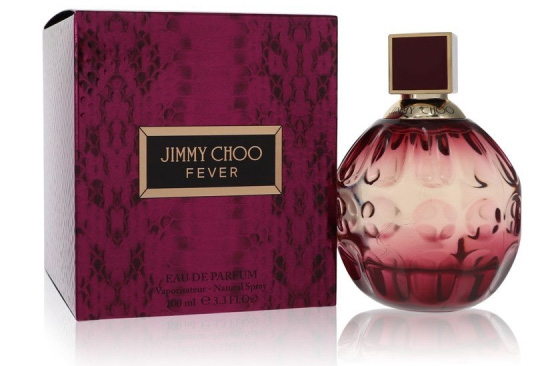 Perfumes, colognes, and other fragrance products are often available in different formulations. Terms like “eau de toilette” and “parfum” refer not to a product’s direct composition, but rather its concentration. (Though some perfume houses do make a slightly different concentrate for their eau de toilettes, eau de parfums, etc!)
Perfumes, colognes, and other fragrance products are often available in different formulations. Terms like “eau de toilette” and “parfum” refer not to a product’s direct composition, but rather its concentration. (Though some perfume houses do make a slightly different concentrate for their eau de toilettes, eau de parfums, etc!)
When fragrances are being produced, they’re typically blended in an extreme concentration with little to no dilution. This extract is what is used to create consumer-ready products. However, it’s often too expensive and too strong to be sold. Think of perfume extract like baking extract: Sure, vanilla tastes great in your cookies. However, if you try to sip it straight out of the bottle, you’d want to spit it out immediately.
Fragrance concentrations
- Parfum: 20-30% strength. Also called extrait or extract. This high concentration will last all day, with base notes that will cling to textiles and other soft surfaces for multiple days. Parfum is intended to be dabbed on very sparsely. It is too intense to achieve a good result when sprayed.
- Eau de Parfum (EdP): 15-20% strength. This is the most common strength for fragrances to be sold at. Eau de Parfum lasts, in general, 5-8 hours, or about one workday.
- Eau de Toilette (EdT): 5-15% strength. This is the second most common strength for fragrances to be sold at. Eau de Toilette may last for just a few hours, or may last all day, depending on the fragrance.
- Eau de Cologne: 2-5% strength. “Cologne” is a term often used to describe fragrances designed for a male audience, but “eau de cologne” refers to its strength. These fragrances are light and fade quickly, often within the hour.
- Eau Fraîche: 1-3% strength. These products are designed for brief wear, but can be very enjoyable in hot summer months as a refresher. You may see these described as a “splash” as well, sold with or without a mister. Enjoy your eau fraîche as you spritz it.
What’s the difference between men’s, women’s, and unisex fragrances?
When you see a fragrance listed as “for men,” “for women,” or “unisex,” that can give you some clues as to what the fragrance might smell like. Colognes marketed toward men, for instance, are likely to smell fresher, deeper, and stronger. Perfumes marketed toward women are likely to smell fruitier, sweeter, and more floral.
One of the things that’s great about fragrance, however, is that it’s one size fits all. Yes, scents wear a little differently on each person’s body chemistry, but if you love a fragrance, then it’ll “fit” you! Let your nose, not a label, lead you to your perfect fragrance match.
Designer, celebrity, and niche perfumes
 There are beautifully crafted fragrances to be found in any market and at any price point. (In fact, many vintage fragrance classics are mass market scents that you can find for under $30!)
There are beautifully crafted fragrances to be found in any market and at any price point. (In fact, many vintage fragrance classics are mass market scents that you can find for under $30!)
Designer perfumes are created by fashion houses like Dior, Armani, and Gucci to appeal to a wide audience. At higher price points, these brands can produce complex scents with higher-quality ingredients.
Celebrity perfumes are created by perfumers for celebrity brands like Sarah Jessica Parker, Paris Hilton, and Jennifer Lopez. These scents are created to appeal to a wide audience and are often great products available at a low price. In general, celebrity perfumes are floral and fruity scents marketed toward younger women.
Niche perfumes are created by brands like Bond No. 9, Roja, and Frederic Malle that only make perfumes. With a focus on perfumery and quality, these products tend to be more expensive. They can be very unique and complex. Niche perfumes are more likely to make unisex fragrances designed for everyone.
How to choose a fragrance with the help of a fragrance buying guide
There are lots of great ways to find a fragrance you love. Hopefully, this fragrance buying guide is helping you do that. One great way is to start with the notes or fragrance category that you’re looking for.
Another is to start with a fragrance you already know you like. Designer fragrances often have “flankers,” which are essentially a fragrance series or sequel. Flankers can smell very close to their original scent, so it’s not uncommon for fragrance lovers to own multiple products within the same line. Think of these like variations of the same tune.
With a little research, you can also find more fragrances by the same perfumer (also called a “nose”) or brand. This is more like reading different books by the same author. Some perfumers have a tendency to design similar fragrances over many years and for many different brands. Some brands have a unique note that they use in every fragrance they create. Both of these are great ways to find a new scent you love.
How do I choose a fragrance as a gift?
Fragrance is a very intimate gift to give someone, with or without a fragrance buying guide. However, there are some great ways to do it.
- Firstly, only select a fragrance for someone if you already know their taste in scents. If they tell you what they like, listen!
- Secondly, help your recipient explore their favourite fragrance by looking for a gift set or body product of a scent they already love. Layering their fragrance will help give it more depth and longevity.
- Finally, top up your recipient’s fragrance if they’re running low. A replacement of a well-loved favourite is a great way to show that you’re paying attention and enjoy being close to them. Fragrance replacements of a signature scent are a classic gift for special occasions like Valentine’s Day and anniversaries.
Take the next step
Are you ready to discover your next fragrance? Check out a wide selection of fragrances online at Best Buy Online.

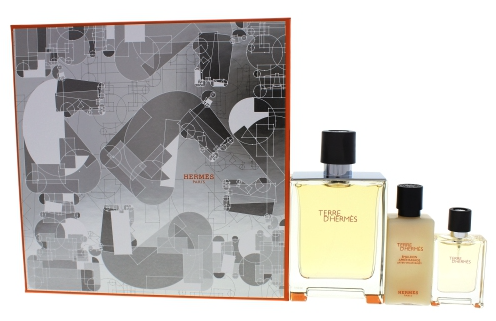






I had no idea I could purchase fragrance from BestBuy.
Such a beautiful selection with fantastic prices.
Comments are closed.